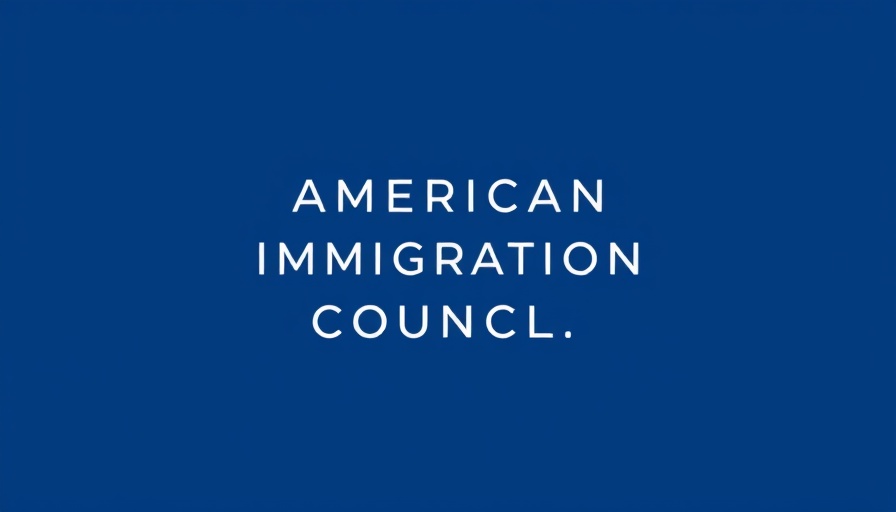
A New Precedent for ICE Operations in California
On July 11, 2023, a significant ruling from Judge Maame Ewusi-Mensah Frimpong came out of the U.S. District Court for the Central District of California. In the case of Perdomo v. Noem, the judge imposed a temporary restraining order (TRO) that restricts the operations of ICE agents in certain public spaces, such as worksites, parking lots, and bus stops. This ruling reflects a growing national conversation around immigration enforcement and civil rights, particularly in the state's diverse urban landscapes.
Understanding the Legal Framework Behind ICE Actions
The powers granted to ICE agents under the Immigration and Nationality Act (INA) allow them significant leeway in making arrests and conducting stops. Specifically, section 236(a) empowers officers to issue administrative warrants for the custody of aliens deemed removable from the U.S. However, the recent ruling illuminates the ongoing tensions between enforcement actions and individual rights.
Historically, the case INS v. Lopez-Mendoza established that the exclusionary rule—the principle that prevents the use of improperly obtained evidence—is not applicable in civil deportation cases. This precedent means that even if an arrest is made in a manner that violates rights, it does not inhibit the deportation process if the required evidence remains accessible.
A Shift in the Enforcement Landscape
This TRO could signal a shift in how ICE conducts operations, particularly in regions with substantial immigrant populations. With increasing scrutiny over practices reminiscent of ‘roving patrols,’ there may be broader implications for how both civil rights and immigration enforcement interlace. Legal experts expect the ruling to undergo appeals, and its fate could reshape ICE’s operational strategies not only in California but across the country.
Final Thoughts on Immigration Enforcement Decisions
As this case unfolds, it will likely evoke varied reactions from the legal community, lawmakers, and the public. For business lenders and banks, understanding these developments is crucial as they navigate the complex intersection of immigration policy and economic impact. Firms looking to work with immigrants will need to stay informed on new regulations and court decisions that affect their operations and the communities they serve.
For those engaged in immigration services or business sectors dependent on immigrant labor, these rulings represent both a challenge and an opportunity for advocacy and policy reform.
 Add Row
Add Row  Add
Add 




Write A Comment